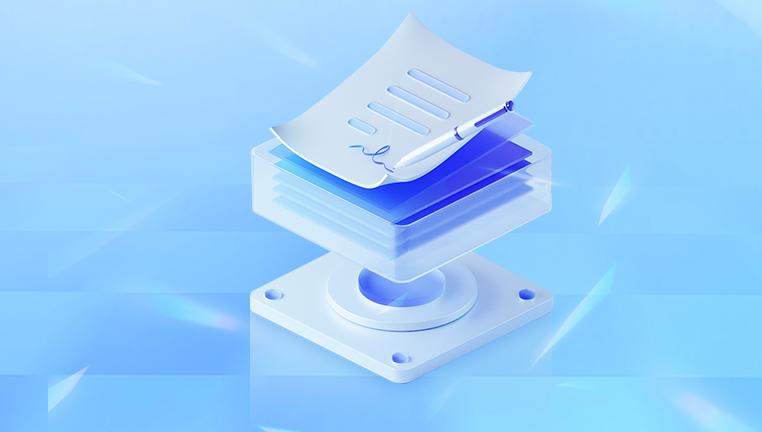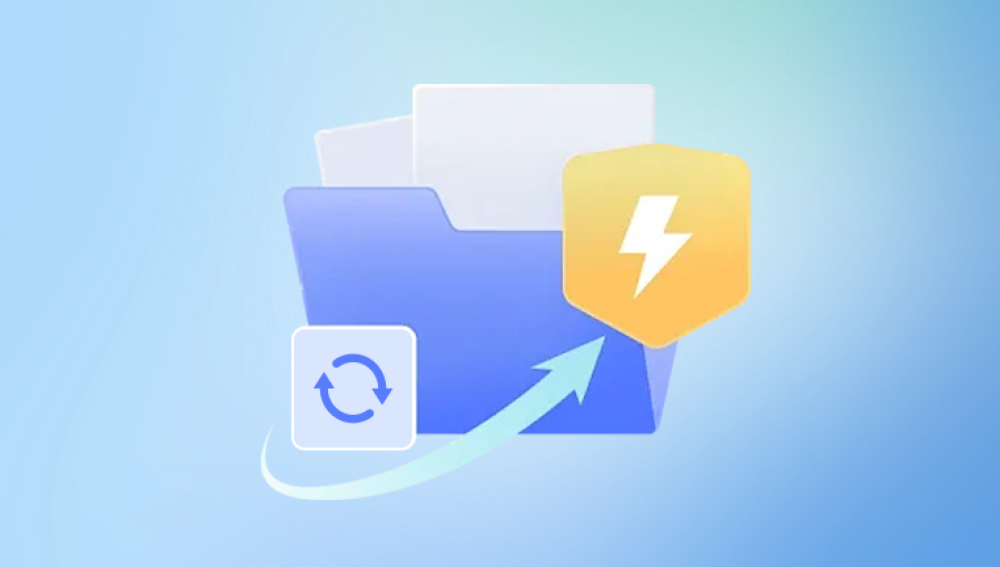Windows 10. like its predecessors, includes built-in tools designed to help users recover lost or deleted files. Whether files are accidentally deleted, lost due to hardware failure, or become inaccessible because of system corruption, having a reliable recovery tool can make all the difference. In this guide, we will explore the various file recovery options available in Windows 10. including native tools, third-party software recommendations, and best practices for data recovery.
File Deletion in Windows 10
Before diving into recovery tools, it's important to understand how file deletion works in Windows 10. When you delete a file, it doesn't immediately disappear from your hard drive. Instead, Windows marks the space occupied by that file as available for new data. Until that space is overwritten by new data, recovery is possible. This is why it's crucial to act quickly if you need to recover a file.
Built-in File Recovery Options
1. Recycle Bin
The Recycle Bin is the first place to check for accidentally deleted files. When you delete a file, it usually goes to the Recycle Bin unless you hold down the Shift key while deleting. To recover a file from the Recycle Bin:
Open the Recycle Bin by double-clicking its icon on the desktop.
Locate the file you want to recover.
Right-click the file and select “Restore.”
The file will be restored to its original location.
If the Recycle Bin is empty, or if the file was permanently deleted, you will need to explore other recovery options.

2. File History
File History is a backup feature that regularly saves copies of your files, allowing you to recover older versions. To use File History:
Connect an external hard drive or USB drive to your computer.
Open Settings by clicking the Start menu and selecting the gear icon.
Go to Update & Security > Backup.
Click “Add a drive” and choose your external drive.
Once File History is set up, you can recover files by navigating to Control Panel > File History.
Click “Restore personal files” and browse through the backed-up versions to find the file you want.
3. Windows Backup and Restore (Windows 7)
This older backup tool is still available in Windows 10. It allows you to create system images and file backups. To restore files using this feature:
Open the Control Panel and select Backup and Restore (Windows 7).
Click “Restore my files” or “Restore all users’ files.”
Follow the prompts to search for and restore your files.
4. System Restore
System Restore is primarily used to recover system settings and applications rather than individual files. However, if a program or setting is causing issues, restoring your system to a previous state may indirectly recover files. To use System Restore:
Open the Start menu and search for “Create a restore point.”
Click the System Properties tab.
Select “System Restore” and follow the prompts to choose a restore point.
Third-Party File Recovery Tools
If the built-in options do not recover your lost files, consider using third-party recovery tools. Many reliable software programs can help recover lost data. Here are a few popular options:
1. Drecov Data Recovery
Drecov Data Recovery is your ultimate solution for retrieving lost or deleted files from various storage devices, including external hard drives, USB drives, and memory cards. Designed with user-friendliness in mind, our software provides a straightforward interface that allows both novices and experts to navigate easily. With advanced scanning algorithms, Drecov Data Recovery delves deep into your device, uncovering files that might seem permanently lost.
Whether you’ve experienced accidental deletions, formatting issues, or hardware failures, our software is equipped to handle a wide range of data loss scenarios. Users can preview recoverable files before restoration, ensuring that you retrieve exactly what you need. Additionally, the software supports multiple file types, making it versatile for various recovery needs.
Drecov Data Recovery prioritizes the safety of your data, ensuring that the recovery process does not compromise the integrity of your files. With regular updates and dedicated customer support, you can trust that you’re using a reliable tool. Download Drecov Data Recovery today and take the first step towards reclaiming your valuable data with ease and confidence.
2. EaseUS Data Recovery Wizard
EaseUS Data Recovery Wizard is another powerful tool that provides a comprehensive solution for file recovery.
Features:
Supports various file types and storage devices.
Preview files before recovery.
Recovery from formatted drives and partitions.
How to Use:
Download and install the EaseUS Data Recovery Wizard.
Launch the program and select the drive where you lost data.
Click “Scan” to search for lost files.
Preview and select the files you wish to recover, then click “Recover.”
3. Disk Drill
Disk Drill offers a free version with limited recovery capabilities, making it suitable for basic needs.
Features:
Fast scanning process.
Pre-recovery file preview.
Data protection features.
How to Use:
Download and install Disk Drill.
Open the application and select the drive to scan.
Click “Search for lost data.”
Review and recover files as needed.
Best Practices for Data Recovery
Act Quickly: The sooner you attempt to recover lost files, the better your chances of success. Avoid using the drive until recovery efforts are complete.
Create Backups: Regularly back up your files using built-in tools like File History or third-party solutions. This minimizes data loss risks.
Use Reliable Tools: Stick to reputable recovery software to avoid further data loss or corruption.
Avoid Overwriting Data: If you suspect a file is lost, stop using the device immediately to prevent overwriting the data.
Test Recovery Methods: If you use backup solutions, periodically test recovery processes to ensure they work effectively.




